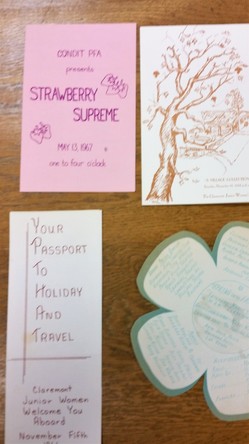On August 13, 1883 George Chaffey wrote a letter to J. P. Gildersleeve, one of the original settlers in Ontario, California. This letter announces the creation of the Ontario Land Company in the form of a trust deed. Although originally the company was planned to be a joint stock company, the Chaffey brothers thought that was too risky for themselves and their potential stock holders.
The benefits of creating a company in this manner, according to George Chaffey are the following:
“1st. There can be no combination of stock holders by which the minority can be driven to the wall and be obliged to sacrifice to the interests of the majority. Thus the holder of one share is in a good position as regards his proportion as the owner of a thousand. 2nd. The shares are unassumable and therefore the holder enjoys immunity from forfeiture. 3rd. No debts can be made against the lands except such as is necessary to protect and care for the property. 4th. The certificates of ownership can always be paid in to the company at par value with 8% added for any of the unsold lands, thus offering a security which has for its base real estate at market value.”
Then, George Chaffey transitions to talking about Gildersleeve’s property. Apparently, the fruit trees are doing well, in particular the apricot trees. A few weeks ago I wrote about George Chaffey’s interest in apricot trees on this blog, so it was fun to see him mention it again. The warm weather this summer has allowed for “enormous growth on vines & trees.”
George Chaffey ends the letter by letting Gildersleeve know that “a great many strangers” have been settling in the colony and they “expect lively times next winter.” George Chaffey hopes that Gildersleeve will find time to visit the colony during the winter to escape the Canadian snow storms.




